“I’m fully vaccinated” is shaping up to be the phrase of the month among members of my communities. As of April, everyone in California ages sixteen years and up became eligible to receive their shots, so now those three magic words sneak their way into every text, email, or casual encounter on the sidewalk. I utter this not-so-secret password to set others (and myself) more at ease while simultaneously unlocking doors to previously risky and forbidden experiences. As exciting as this new power is, I have to admit I’m also a little anxious. With the United States racing toward a complete reopening, I can’t help but feel:
- like I no longer have the endurance required for a life filled with commutes, small talk, and enticing people to support my latest project;
- confused as to why the “new normal” we’ve all been discussing is shaping up to look a lot like the “normal” we left in February 2020; and
- that my post-pandemic value set no longer aligns with what’s hurdling down the pipeline.
All of this is to say that, as a person whose identity is entrenched in live performance, I’m worried. Am I ready for a return to live theatre, whether that be as a maker or patron? Do I want a return to live theatre?
The short answer is: Yes, of course. The theatre is my home. It is my favorite place to research and learn about myself and my craft. It’s my watering hole. It’s my church.
But the more complicated answer is: Not if my relationship to theatre is expected to be as it was—a relationship complicit in harm and inequities as outlined in We See You White American Theater and statements by many additional BIPOC-led performance makers and organizations. A relationship in which fame, success, and popularity so easily warp notions of quality, validity, and social value. A relationship in which “remaining relevant” is a thinly veiled threat to trade curiosity for productivity, authenticity for branding, and community for patronage.
Instead, what about a new relationship—or “a new dream” as the September 2020 article “How to to Birth a New American Theater” suggests—in which mutual satisfaction is the cornerstone connecting artist, producer, and audience member?
The existing conversation on consent in theatre begins and ends with (the very necessary) question of, “What keeps us safe?” without further investigating, “What makes us come alive?”
Consent and the Theatre
How would one even begin building this new love affair? As with any new relationship, it’s important to start from a place of consent. By entering this relationship, what are our desires? What are our boundaries? What are our agreements? Though this post-pandemic relationship is new, the conversation on consent within the theatrical arts certainly isn’t. In 2016, in an article for Six by Eight Press, T. Chase Meacham spoke about surprise performances in which audiences have not consented to participate, such as guerrilla political performance, improvisational happenings, and flash mobs. They write: “To perform for an audience that does not consent is not inherently unethical. But there must come a point at which it’s clear a performance has ended, even if [it] wasn’t clear when it started.”
Perhaps this is part of what I’m craving: an acknowledgment that a prior era has ended before rushing into a performance season lacking the sobriety needed to offer thoughtful permission. Instead, the pressure to “make up lost for time” (or, understandably, make up for lost revenue) seems to perpetuate old habits and expectations. Perhaps a bit more caution should be considered—after all, we are all post-pandemic virgins.

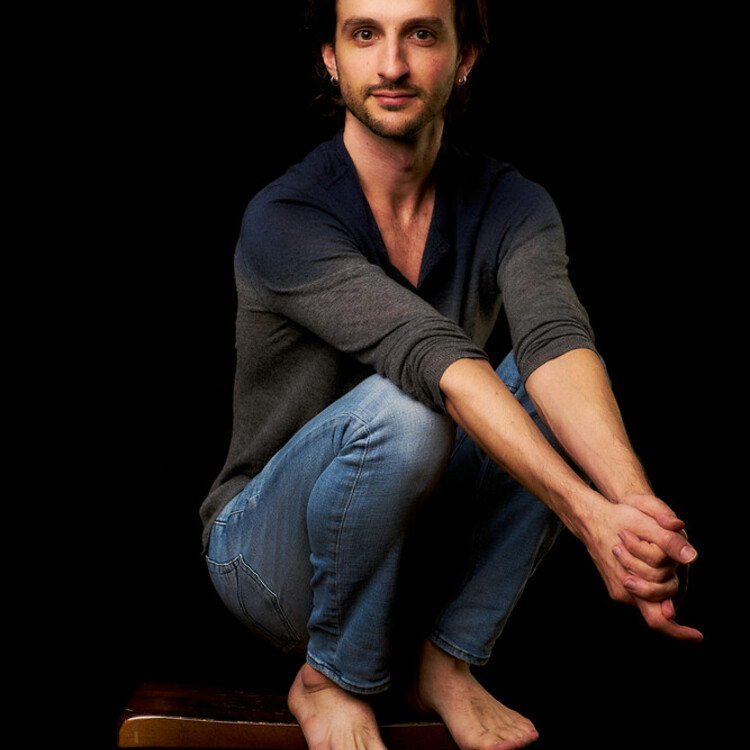
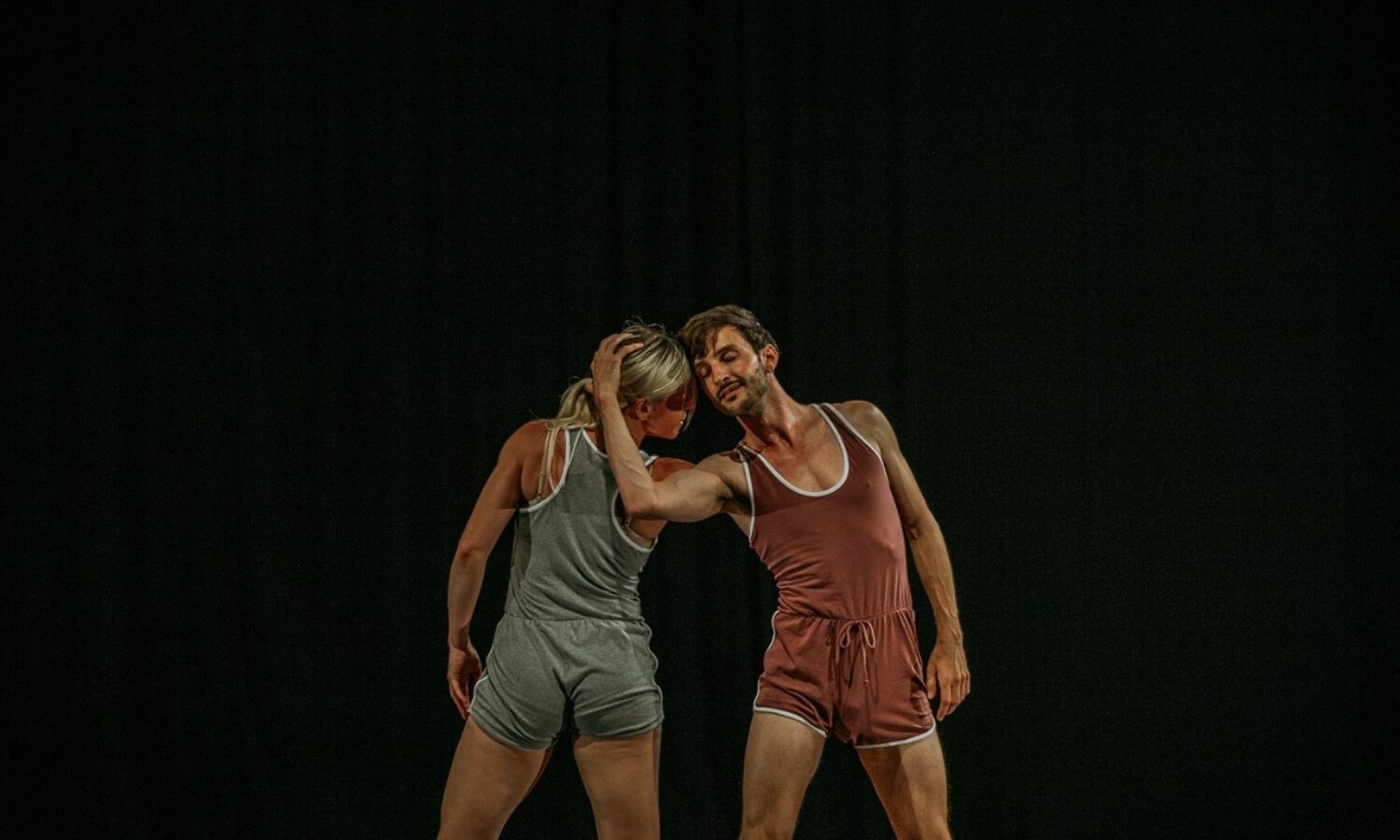
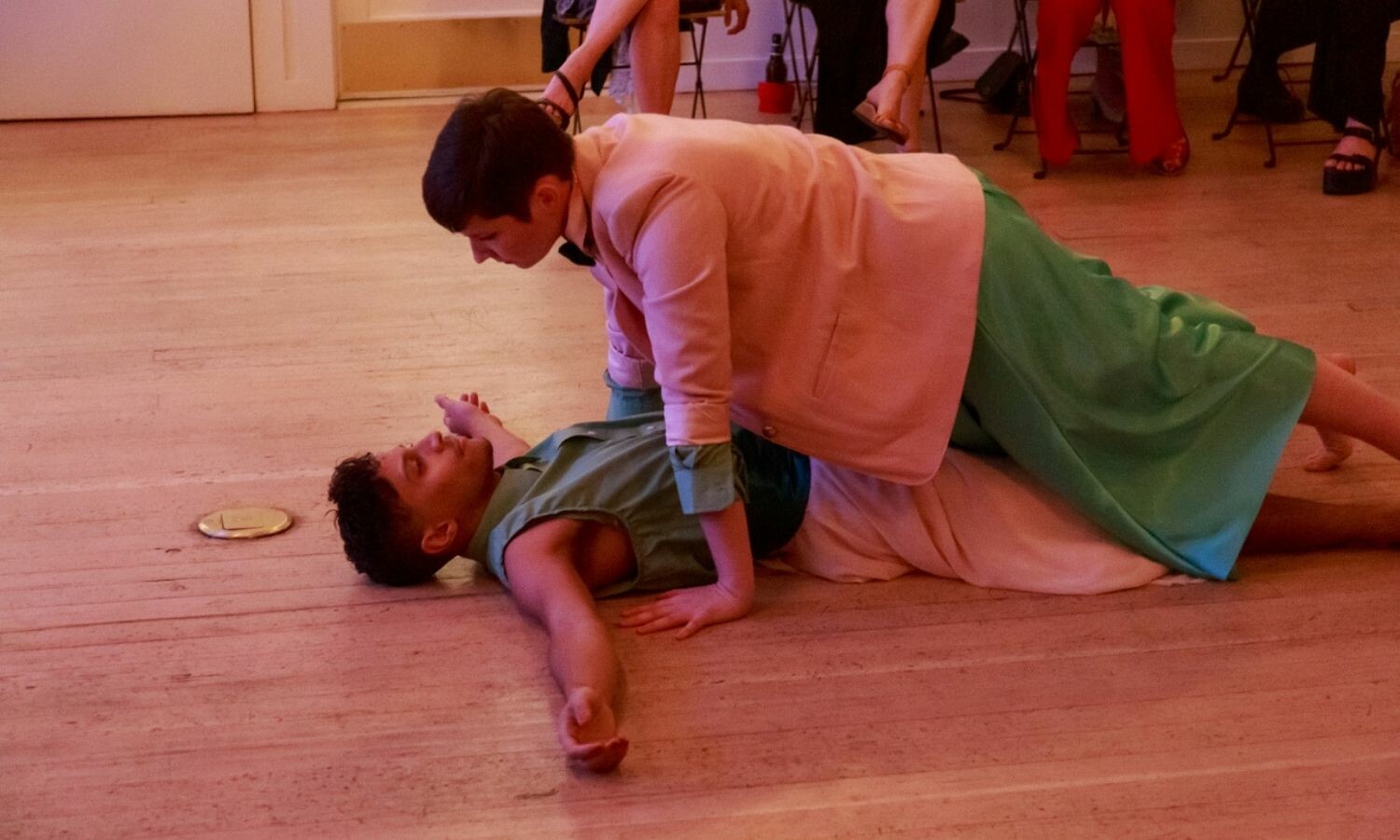
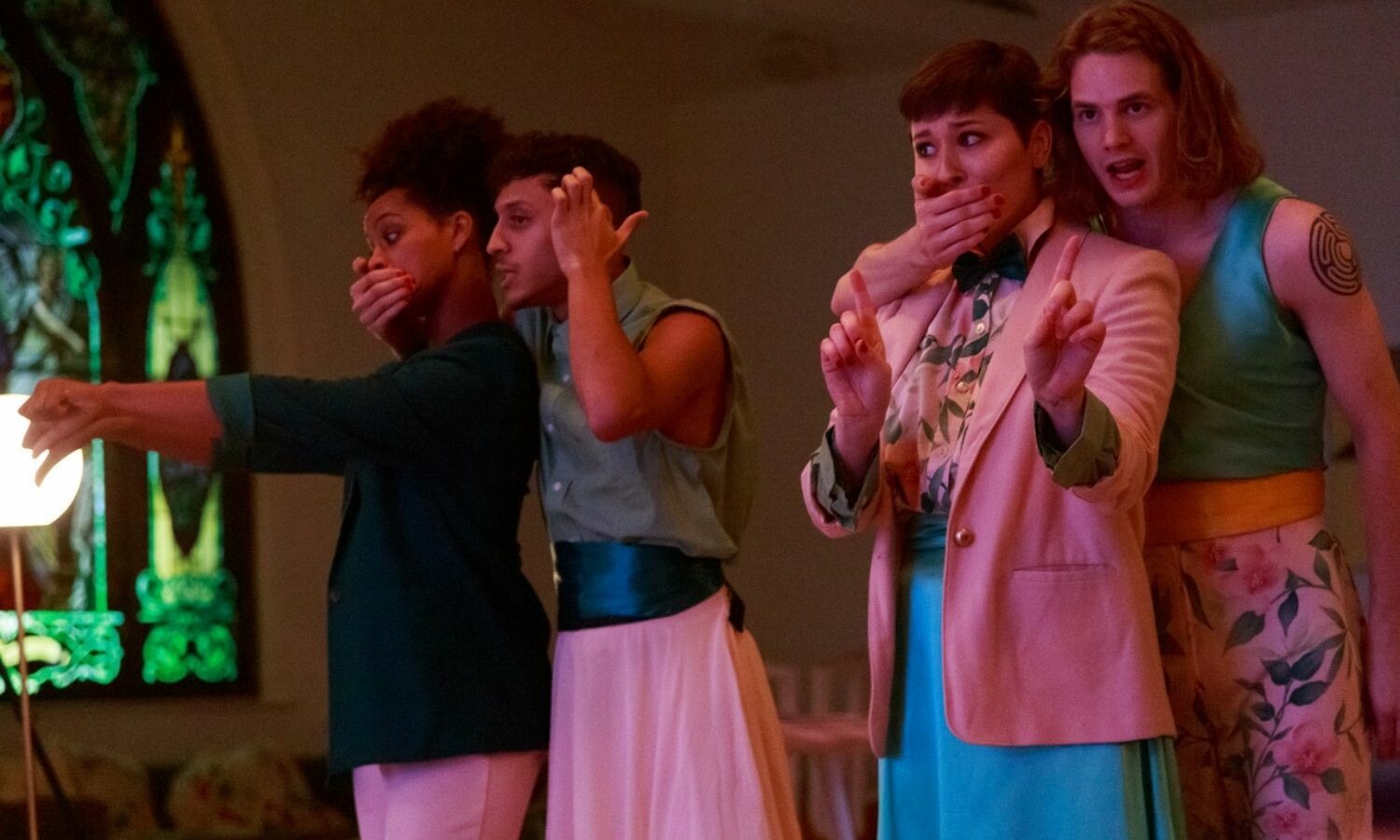
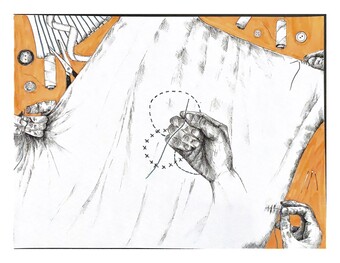






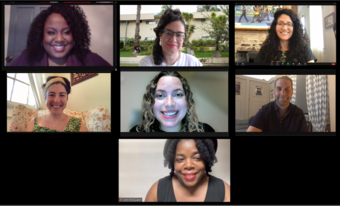




Comments
The article is just the start of the conversation—we want to know what you think about this subject, too! HowlRound is a space for knowledge-sharing, and we welcome spirited, thoughtful, and on-topic dialogue. Find our full comments policy here